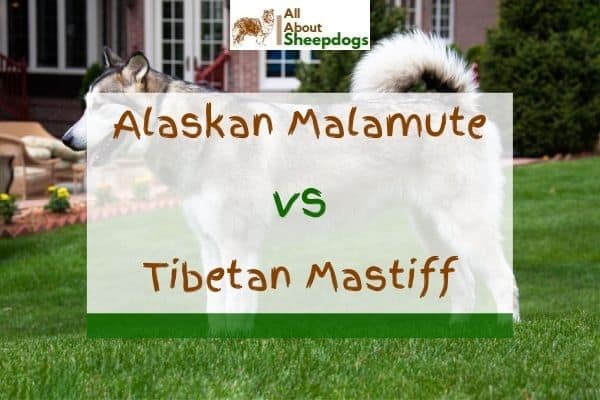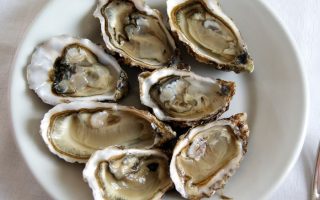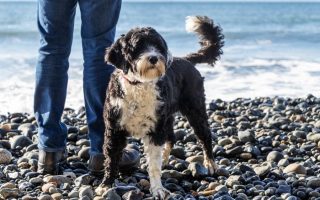Alaska and the Himalayas are among the parts of the world with the harshest climates and hardest living conditions.
To live there, you have to be resilient and tenacious.
Logically, dogs that hail from those areas are also among the toughest breeds around.
Alaskan Malamute and Tibetan Mastiff may come from different corners of the globe, but share some common traits that have helped them survive over the centuries.
They’re both tough, extremely strong, and hard-working.
Still, both breeds also have a softer side to them as they’re affectionate, playful, and very loyal to their humans, that’s why, in modern times, they often find themselves in the role of loving family dogs.
Below, I’ll compare Alaskan Malamute vs Tibetan Mastiff to see what else they have in common, but, also, what set them apart.
So, let’s dive in!
| Attributes | Alaskan Malamute | Tibetan Mastiff |
| Good For First Time Owners | No | No |
| Good Guard Dog | No | Yes |
| Apartment Friendly | No | With Enough Exercise |
| Good Family Dog | Yes | Possible With Lots Of Training |
| Shedding | High | Low To Moderate |
| Barking And Howling | Low | Moderate To High |
| Height | 23-25 inches (58-64 cm) | 24-30 inches (61-76 cm) |
| Average Life Expectancy | 10-14 Years | 10-12 Years |
[wpsm_toplist]
Alaskan Malamute – Dog Breed Information
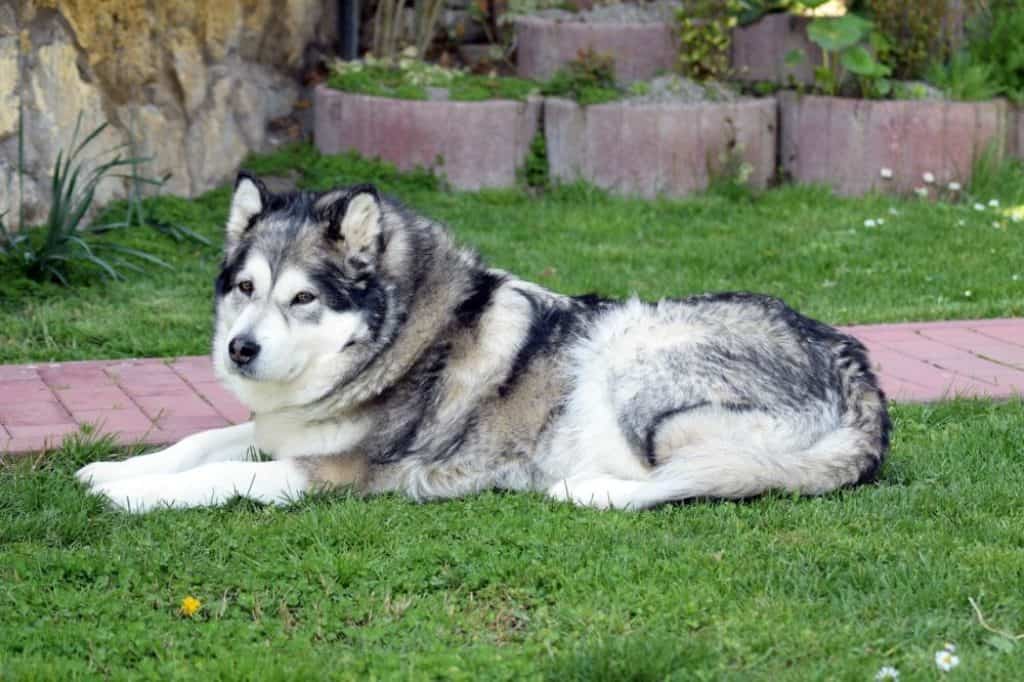
An ancient breed, Alaskan Malamutes have roots that go back centuries.
It is believed that thousands of years ago, their ancestors crossed the then-existing land bridge between
Siberia and Alaska along with the native tribes and settled there, developing into the breed we know today.
The Alaskan natives used them to pull sleds, for protection, and for hunting.
Appearance
Alaskan Malamutes have a sturdy and strong body, necessary for enduring the hard work this breed has been doing for ages.
They’re slightly longer than tall with a regal, wolf-like appearance.
The double coat covers the Malamute’s body, providing essential protection in cold climate.
The topcoat is medium-long and harsh, Undercoat is softer, dense, and oily, with a wooly texture.
Mals may feature various color combinations, but the most common are various shades of gray, black, sable, silver, black, and blue.
The head is broad and deep, with dark-brown almond-shaped eyes, giving Mals a soulful expression.
The triangular eyes are slightly rounded at the tip. The well-furred tail is carried over the back.
Males are 24-26 inches (62-64 cm) high and weigh around 81-86 pounds (37-39 kg).
Female Mals grow up to 22-24 inches (56-61 cm) and weigh 70-75 pounds (32-34 kg).
Temperament
Alaskan Malamutes are best known as hard workers, but they’re also a rather playful breed.
Even though their appearance may look scary, they are a very friendly and affectionate breed.
They love to be around their humans and are extremely loyal to their families. They’re also pretty kind and careful towards kids and welcoming towards strangers.
This is why they don’t make the best watchdogs although they’re fiercely protective.
The situation is a bit different with other animals as they are not that friendly towards them.
Mals are very smart and trainable.
Still, due to their pack mentality, it’s essential to establish yourself as a leader to make sure that they’re obedient and not stubborn.
Like most working dogs, Alaskan Malamutes are very energetic and active, so they will need plenty of exercise.
They’re great for active and outdoorsy people as they will gladly join in all physical activities.
Tibetan Mastiff – Dog Breed Information
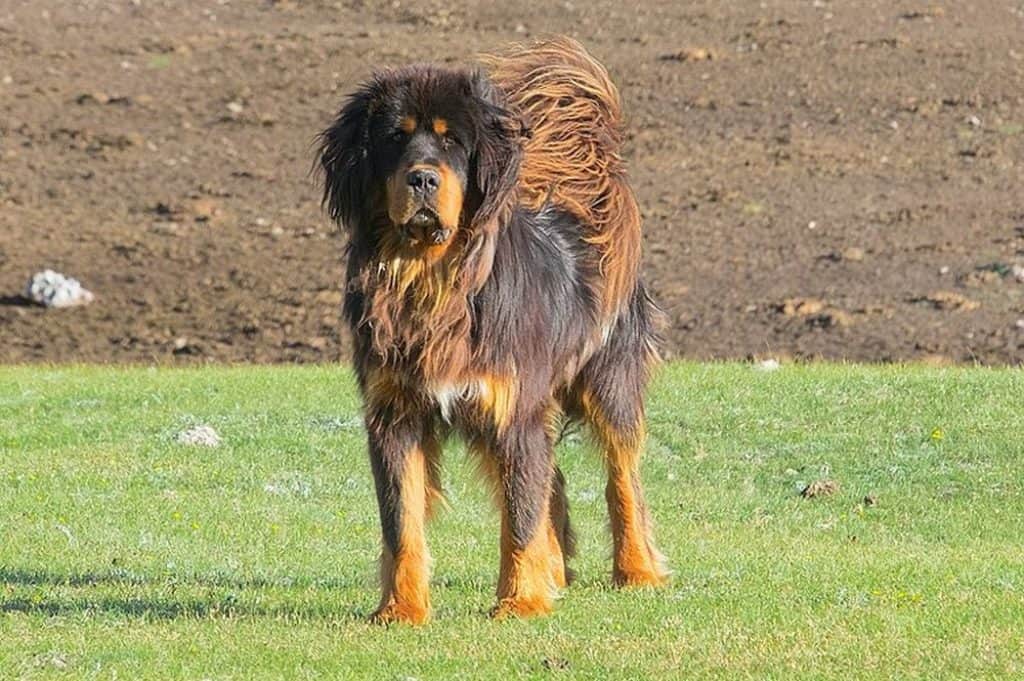
Tibetans are also a very old breed, with origins, as their name says, in Tibet.
They were initially bred by Tibetan monks and used to serve as help and protection at Himalayan monasteries and households.
Nowadays, they’re mostly bred to be family or show dogs.
Appearance
Tibetan Mastiffs have a muscular and well-proportioned body, typical of the hard-working breeds.
Still, they’re very agile, with a light-footed and elegant gait.
Tibetans have a thick double coat which protected them in the cold climate but also helps them keep cool in the summer.
The long and coarse topcoat is always straight, never wavy or curly. The undercoat is soft with a wooly texture.
They come in various colors with brown, black, blue, and red the most frequent. Occasionally, they may have white or tan markings.
The head is massive with the characteristic lion-like mane. The deep-set eyes are dark brown. The feathered tail is carried arched over the back.
Male Tibetan Mastiffs can be 29-33 inches (75-83 cm) high and weigh 121-199 pounds (55-90 kg).
Adult females grow 28-32 inches (72-80 cm) and weigh 116-195 pounds (53-88 kg).
Temperament
Tibetan Mastiffs are fiercely loyal and devoted to their family but are not the breed that craves the owner’s attention.
They’re very strong-willed and rather independent and prefer to do things their own way.
For less experienced owners, their mentality can often be too much to handle.
However, with proper training and early socialization, their more gentle and friendly side comes to surface.
They are very playful and enjoy being around kids, although they can get overprotective.
On the other hand, this protectiveness, combined with natural alertness and aloofness towards strangers make them excellent guardian dogs.
They will need a lot of mental and physical stimulation, so an engaged owner who can provide them a lot of exercise is a must.
In addition, Tibetan Mastiffs need a lot of space and usually don’t do too well in apartments.
Alaskan Malamute vs Tibetan Mastiff – What’s The Difference?
| Alaskan Malamute | Tibetan Mastiff |
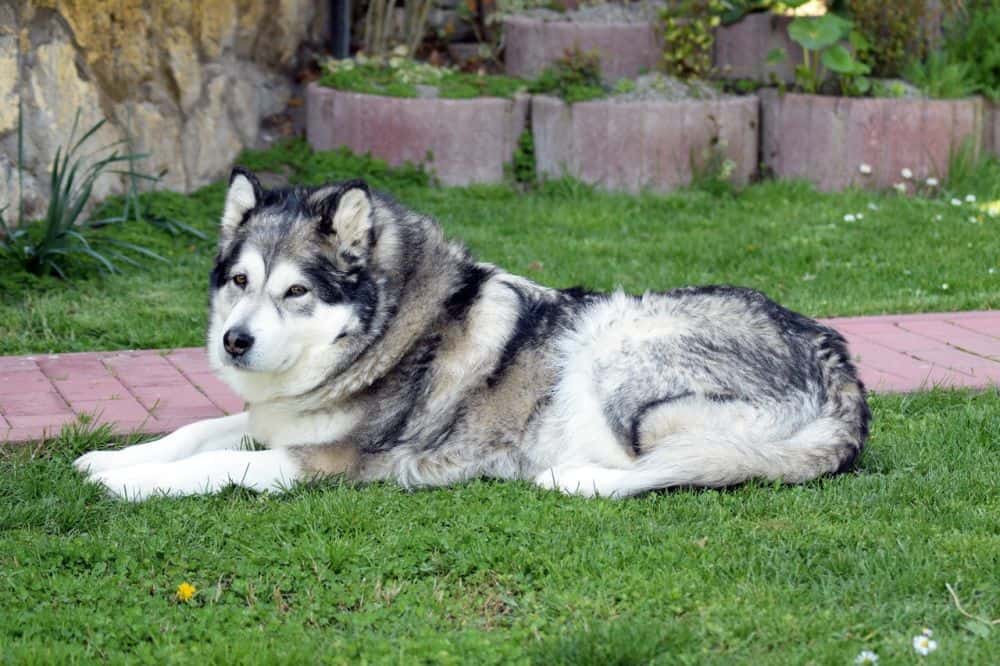 | 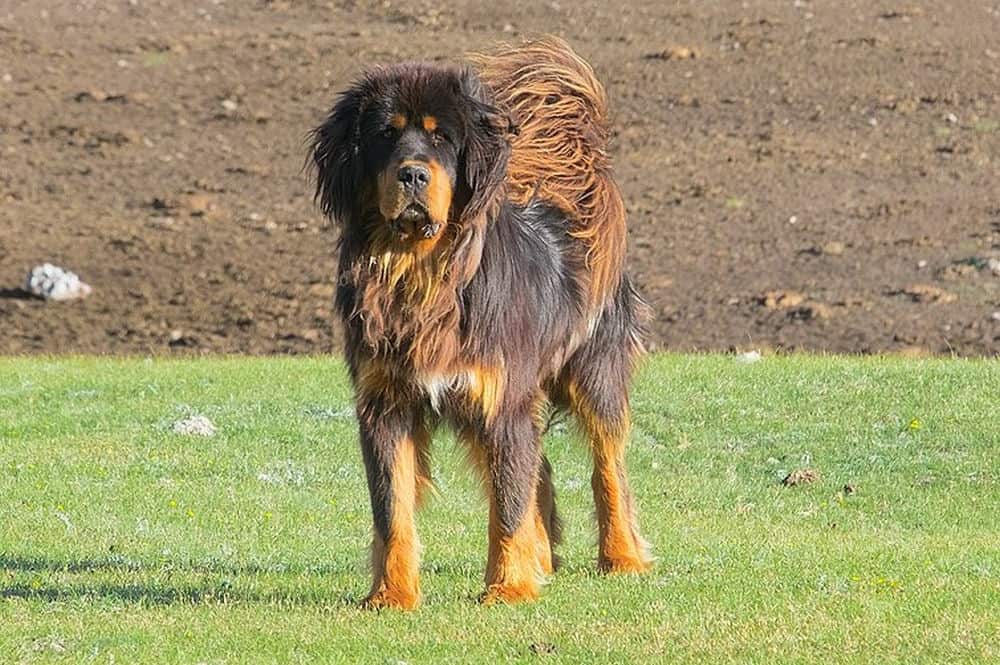 |
| Tibetan Mastiff by Alexandr frolov (CC BY-SA 4.0) |
These two are very large and immensely strong breeds, with a rather strong independence streak, meaning they will do better with experienced owners.
This is especially true for Tibetan Mastiffs whose stubbornness may cause issues for those who can’t handle it.
Also, as a bigger and more sensitive breed, they are less adaptable to different living situations and not perfect for city life.
However, they shed less than the Malamute and don’t require that much grooming work.
Tibetan Mastiffs also bark more, which can be an issue if you have neighbors close by. The Alaskan Malamutes are more social of the two and react worse when left alone.
They’re also more obedient and easier to train, although both breeds will need an experienced and firm hand guiding them through the training process.
Tibetan Mastiff has a slightly shorter life expectancy and tends to have more health issues and genetic diseases.
Conclusion
Owning either of these breeds comes with some serious challenges but, also, can be proven to be very rewarding.
Alaskan Malamute and Tibetan Mastiff are not for every owner.
If one of these breeds is your first dog, you’ll likely struggle to handle them due to their size, strength, strong will, and strong independence instincts.
On the other hand, an owner who knows how to deal with dogs of this type and how to get the most out of them will get a fantastic family dog.
They will work hard, play hard, are extremely loyal and devoted, and will provide great protection for the family and property.

